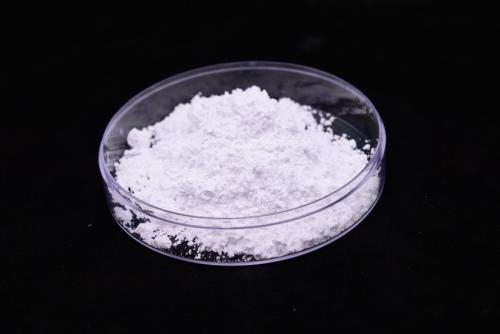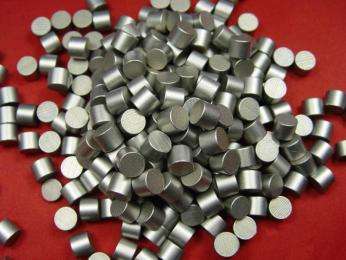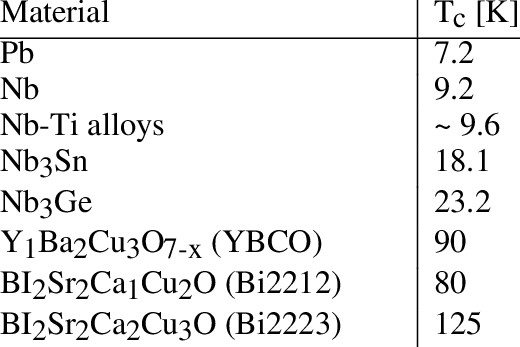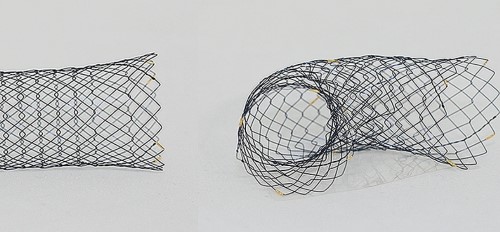Protective Coatings Application of Tantalum Oxide
Tantalum oxide is shown to be chemically very robust. Reactively sputtered tantalum oxide thin films have been investigated as a protective coating for aggressive media-exposed sensors.
The step coverage of the sputter-deposited amorphous tantalum oxide is reasonable, but metallization lines are hard to cover. Sputtered tantalum oxide exhibits high dielectric strength and the pinhole density for 0.5 pm thick films is below 3 cm.

Applying protective coatings as a solution to this sensor concept requires a number of properties for the coating to fulfill, a short list includes:
I. Corrosion resistance: the maximum allowable thickness of the coating and minimum required lifetime sets the upper limit of the etch rate in the media of interest.
2. Low residual stress and small thickness: to limit the reduction of sensitivity due to stiffness changes in the membrane.
3. Step coverage: poor coverage over interconnects and contact windows are sites where degradation of the sensor will initiate.
4. Pinhole density: usually no pinholes are allowed in the exposed area of the sensor. Etchants will penetrate the coating and degrade electrically active components or under-etch, eventually resulting in an undesired lift-off of the coating. In case the pinholes are due to particulate contamination, the pinholes may be eliminated by growing thicker films.
5. Electrical properties: a dielectric film is required to insulate electrical components on the sensor from electrically conducting media.
6. Patternable: in many cases, it is desired to pattern the protective coating for access to bond pads. Patterning in a batch process, such as wet etching, is preferred.
7. Double-sided deposition for protection of both sides of the differential pressure sensor.
8. Coverage of sharp corners: a conformal coating is required.
9. Coverage of deep cavities: a conformal coating is required down to the bottom of the cavity.

The use of tantalum, tantalum alloys, and tantalum oxide has already been suggested for sensor purposes. Besides, tantalum is used in chemical processing equipment because it is extremely stable. The reason for this is the formation of a thin amorphous tantalum oxide layer at the surface, which is chemically very inert.
Deposition of tantalum and its oxides and nitrides can be done by physical vapor deposition, chemical vapour deposition, or by thermal oxidation. This makes the use of these materials very flexible.



